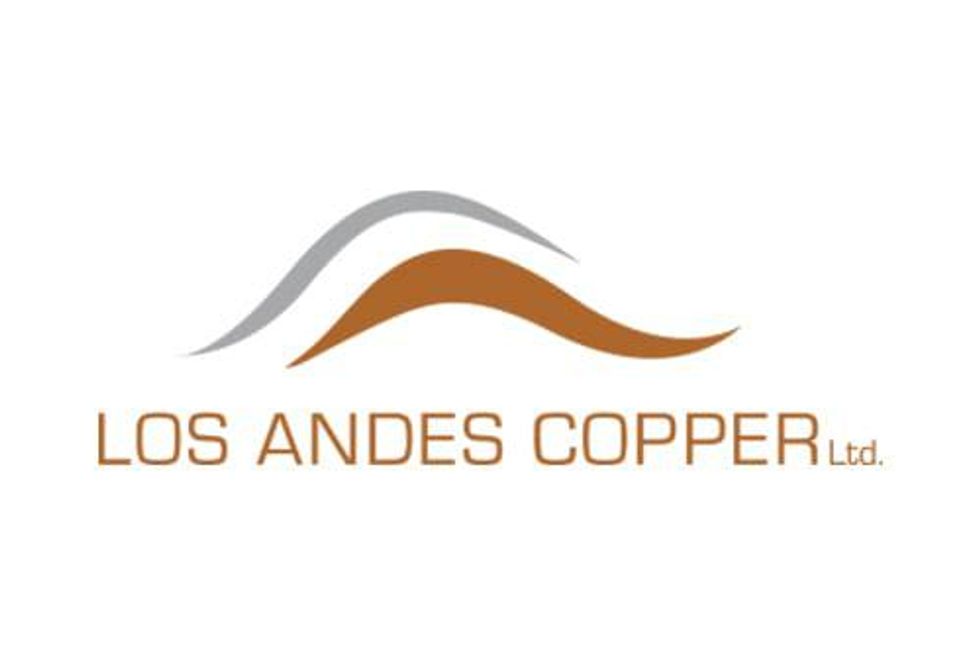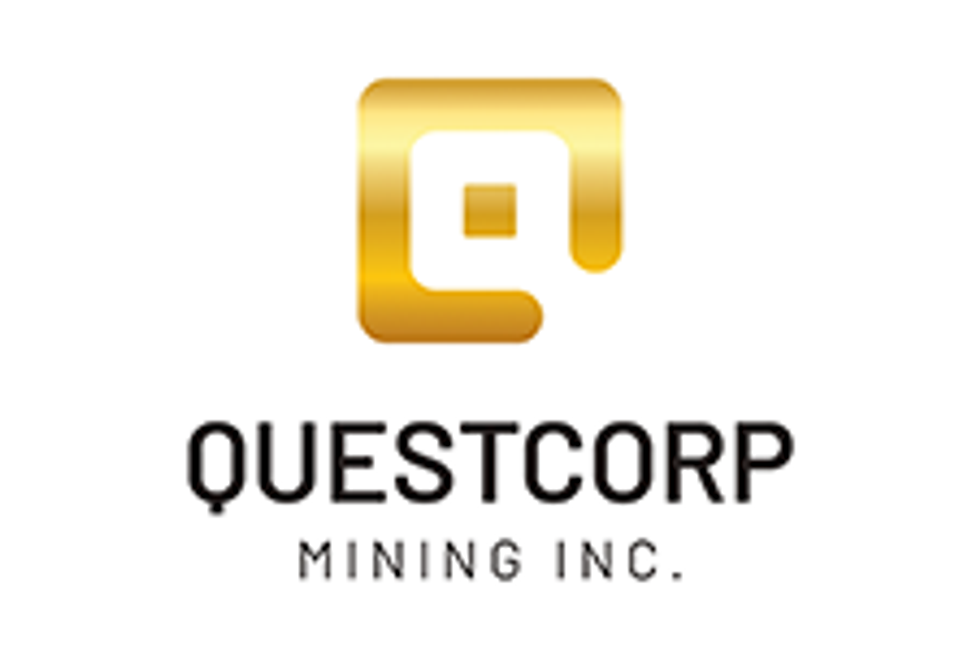Coro Mining Provides Marimaca Phase II update: Resource expansion Drilling Completed
Coro Mining Corp. is pleased to provide an update of its Phase II drilling program at the Marimaca Project in the Antofagasta Region of Chile.
Coro Mining Corp. (“Coro” or the “Company”) (COP.TO) is pleased to provide an update of its Phase II drilling program at the Marimaca Project in the Antofagasta Region of Chile which was aimed at expanding the known resources. An updated resource estimate is scheduled to be released in October, and with Coro’s newly consolidated 100% ownership of the entire project, a Preliminary Economic Assessment (“PEA”) based on this new resource will commence immediately thereafter.
To date, 91,210 metres have been drilled across the different zones that comprise the Marimaca area in 385 holes (346 reverse circulation (“RC”) and 39 diamond drill holes (“DDH”). Phase II drilling successfully extended the mineralized area to the north and it now measures approximately 700 metres by 1,400 metres and is 100 to 300 metres thick. The deposit hosts at least five well-defined higher-grade zones, three of which start from surface.
Commenting on the project, Sergio Rivera, VP of Exploration said: “The Phase II exploration program has exceeded our expectations. Following up encouraging results as the program advanced, we effectively doubled the metres drilled. These additional drill holes and metres have improved our knowledge, notably the discovery of multiple new high-grade zones, which bodes well for our forthcoming resource estimate.”
Upon receipt of the resource estimate, Coro plans to immediately commence a PEA with the aim of completing it during the first quarter of 2020.
Phase II Drilling Detail
The $10.6 million Marimaca Phase II drilling program began in Q4 2018 and was designed to determine the extension of the orebody across the Atómica, Atahualpa and Tarso zones adjacent to the main Marimaca 1-23 zone.
La Atómica saw 16,150 metres drilled in 70 RC holes and 2,203 metres drilled in nine DDH for a total of 18,353 metres. The aim of this program was to further define and delineate the mineralisation and follow-up on the 3,220 metres of discovery RC drilling completed in 2017 and 2018. Drilling at La Atómica has confirmed the westward continuation of the mineralization from the original Marimaca 1-23 claim and also the prominent north-south oriented feeder type structures extending north into Atahualpa, with the La Atómica mineralized area proving to be larger than anticipated.
Drilling at Atahualpa-Tarso saw 36,366 metres drilled in 138 RC holes and 2,715 metres drilled in 14 DDH holes for a total of 39,081 metres. The aim of this program was initially discovery drilling and then to further define and delineate the mineralisation. Drilling at Atahualpa has successfully identified multiple new high-grade zones as well as primary sulphide mineralisation at depth. Drilling has also confirmed the extension of mineralization from Atahualpa towards the north-east into the Tarso area.
In summary, compared to the original plan for 28,000 of RC drilling, the actual campaign for Phase II was in excess of 52,000 metres in addition to a further 5,000 metres of diamond drilling, needed to delineate and expand the mineralized zones. The volume of new information generated will result in a much more robust geological model, which in turn will be used to determine the updated resources for the Project.
A Figure accompanying this announcement is available at https://www.globenewswire.com/NewsRoom/AttachmentNg/56e73159-5e67-4ed6-8123-9740e10a4bcf
As Coro prepares a mineral resource update and moves into a PEA, it is also completing a 7,200 metre Phase III RC exploration drilling program to test the nearby Sorpresa, Sierra, Olimpo and Cedro targets. Cedro and Olimpo are to the north of the area drilled to date and Sorpresa and Sierra are to the south.
Coro Mining and the Marimaca Project
Marimaca is fast becoming recognised as one of the most significant copper discoveries in Chile in recent years as it represents a new type of deposit which challenges accepted exploration wisdom and promises to open up new frontiers for discoveries elsewhere in the country. Marimaca is hosted by intrusive rocks while the numerous manto deposits in the same region are hosted by volcanics.
With a lack of new copper exploration discoveries in Chile, the growing Marimaca resource is a high profile development project as it is situated in the coastal belt at low elevation close to Antofagasta and Mejillones. This prime location could enable its future development at a relatively modest capital investment. Marimaca would benefit from nearby existing infrastructure including roads, powerlines, ports, a sulphuric acid plant, a skilled workforce and seawater.
Sampling and Assay Protocol
True widths cannot be determined with the information available at this time. Coro RC holes were sampled on a 2-metre continuous basis, with dry samples riffle split on site and one quarter sent to the Andes Analytical Assay preparation laboratory in Calama and the pulps then sent to the same company laboratory in Santiago for assaying. A second quarter was stored on site for reference. Samples were prepared using the following standard protocol: drying; crushing to better than 85% passing -10#; homogenizing; splitting; pulverizing a 500-700g subsample to 95% passing -150#; and a 125g split of this sent for assaying. All samples were assayed for CuT (total copper), CuS (acid soluble copper), CuCN (cyanide soluble copper) by AAS and for acid consumption. A full QA/QC program, involving insertion of appropriate blanks, standards and duplicates was employed with acceptable results. Pulps and sample rejects are stored by Coro for future reference.
Qualified Persons
The technical information in this news release, including the information that relates to geology, drilling and mineralization of the Marimaca Phase I and II exploration program was prepared under the supervision of, or has been reviewed by Sergio Rivera, Vice President of Exploration, Coro Mining Corp, a geologist with more than 36 years of experience and a member of the Colegio de Geologos de Chile and of the Institute of Mining Engineers of Chile, and who is the Qualified Person for the purposes of NI 43-101 responsible for the design and execution of the drilling program.
Contact Information
For further information please visit www.coromining.com or contact:
Nicholas Bias, VP Corporate Development & Investor Relations
Cell: +44 (0)7771 450 679
Email: nbias@coromining.com
Forward Looking Statements
This news release includes certain “forward-looking statements” under applicable Canadian securities legislation. These statements relate to future events or the Company’s future performance, business prospects or opportunities. Forward-looking statements include, but are not limited to, statements regarding the future development and exploration potential of the Marimaca Project. Actual future results may differ materially. There can be no assurance that such statements will prove to be accurate, and actual results and future events could differ materially from those anticipated in such statements. Forward-looking statements reflect the beliefs, opinions and projections on the date the statements are made and are based upon a number of assumptions and estimates that, while considered reasonable by Coro, are inherently subject to significant business, economic, competitive, political and social uncertainties and contingencies. Many factors, both known and unknown, could cause actual results, performance or achievements to be materially different from the results, performance or achievements that are or may be expressed or implied by such forward-looking statements and the parties have made assumptions and estimates based on or related to many of these factors. Such factors include, without limitation: the inherent risks involved in the mining, exploration and development of mineral properties, the uncertainties involved in interpreting drilling results and other geological data, fluctuating metal prices, the possibility of project delays or cost overruns or unanticipated excessive operating costs and expenses, uncertainties related to the necessity of financing, the availability of and costs of financing needed in the future as well as those factors disclosed in the Company’s documents filed from time to time with the securities regulators in the Provinces of British Columbia, Alberta, Saskatchewan, Manitoba, Ontario, New Brunswick, Nova Scotia, Prince Edward Island and Newfoundland and Labrador. Accordingly, readers should not place undue reliance on forward-looking statements. Coro undertakes no obligation to update publicly or otherwise revise any forward-looking statements contained herein whether as a result of new information or future events or otherwise, except as may be required by law.





